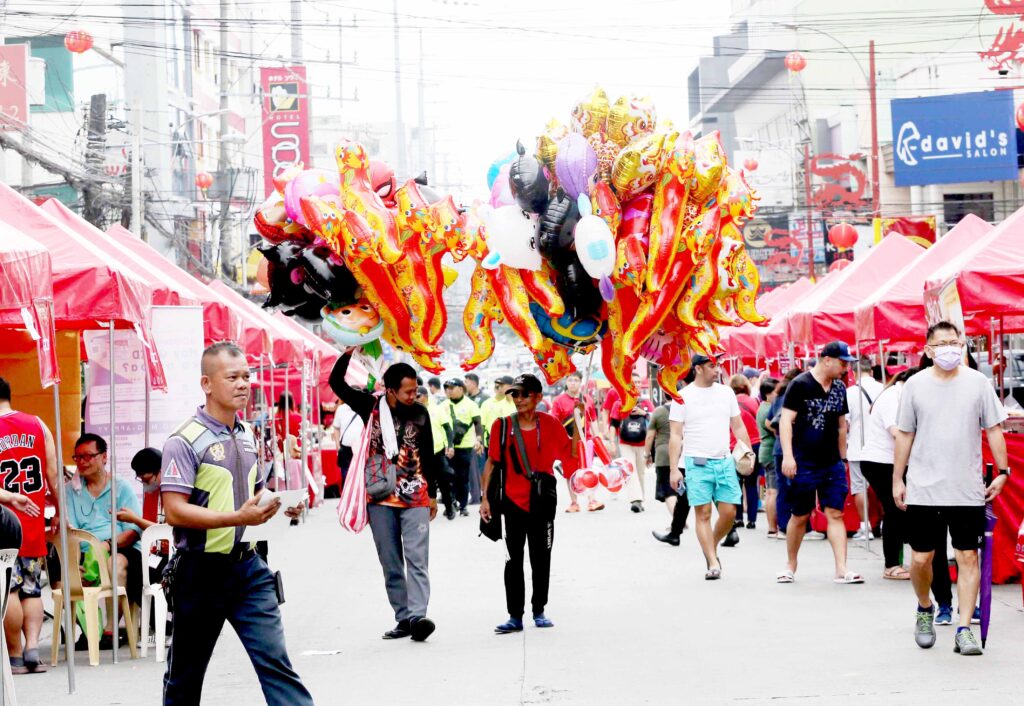








The Chinese Lunar New Year, known as the Spring Festival, marks a significant cultural and spiritual event for millions around the globe.
In the Philippines, where the oldest Chinatown in the world resides, the celebration of this auspicious occasion takes on a vibrant and diverse character, reflecting the rich cultural heritage of the Filipino-Chinese community.
Binondo, located in the heart of Manila, is recognized as the oldest Chinatown in the world. Established in 1594, Binondo has been a melting pot of Chinese and Filipino cultures for centuries. The Chinese community, known as the “Tsinoys,” has played a significant role in shaping the economic, social, and cultural landscape of the Philippines.
Against this backdrop, the celebration of the Chinese Lunar New Year in Binondo holds special significance, symbolizing the enduring ties between the Filipino and Chinese cultures.
The Chinese Lunar New Year is steeped in symbolism and traditions that embody hopes for prosperity, good fortune, and happiness in the coming year. Red lanterns adorn the streets of Binondo, symbolizing joy and good luck, while traditional Chinese characters proclaim messages of prosperity and abundance.
Families gather for lavish feasts, featuring symbolic dishes like dumplings for wealth and fish for prosperity. Lion and dragon dances fill the air with energy and excitement, warding off evil spirits and ushering in good luck for the community.
The celebration of the Chinese Lunar New Year in the Philippines is a testament to the country’s cultural diversity and spirit of inclusivity. Filipino traditions blend seamlessly with Chinese customs, creating a unique tapestry of festivities.
Filipinos of all backgrounds eagerly participate in the New Year celebrations, joining their Chinese neighbors in street parades, fireworks displays, and temple visits. This cultural fusion reflects the Philippines’ ethos of unity in diversity and serves as a powerful reminder of the shared values that bind communities together.
At the heart of the Chinese Lunar New Year celebrations in Binondo is a strong sense of community spirit. Families come together to honor their ancestors, offer prayers for blessings, and strengthen bonds of kinship.
Generosity and compassion are hallmarks of the festive season, as people exchange gifts, perform acts of charity, and extend hospitality to friends and strangers alike. In Binondo, the New Year is not just a time for personal reflection but also a time for collective celebration and solidarity.
The Chinese Lunar New Year celebration in the Philippines, particularly in the oldest Chinatown of Binondo, is a vibrant expression of cultural heritage, community spirit, and shared values.
As Filipinos and Chinese alike come together to usher in the New Year, they reaffirm the bonds of friendship, kinship, and mutual respect that transcend cultural differences.
In Binondo, amidst the bustle of the festivities, one can glimpse the enduring legacy of centuries-old traditions and the promise of a brighter future built on unity, diversity, and hope.